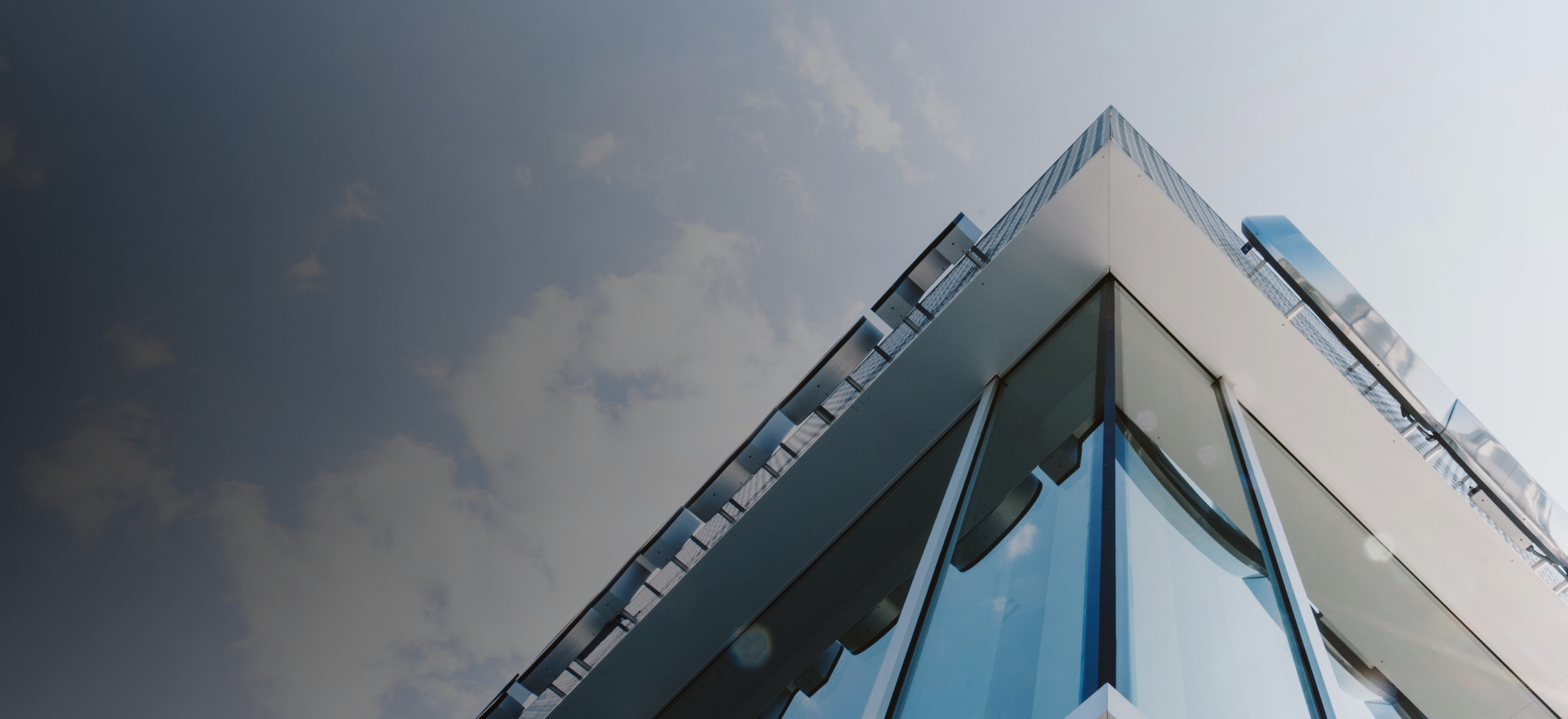In the heart of our cities, sunlight isn’t evenly distributed. While glass towers bask in golden-hour glow, entire neighborhoods—often low-income or historically marginalized—live in the cold, dim embrace of perpetual shadow. This isn’t just an architectural oversight; it’s a form of spatial injustice. As urban density increases, the question grows louder: Should access to natural light be recognized as a fundamental right?
Keynotes
- Daylight access is deeply tied to health, safety, and psychological well-being—but it’s often denied to vulnerable communities.
- Current “right to light” laws protect property, not people. A justice-centered redesign is urgently needed.
- Architects and planners hold the tools to redistribute light equitably—through policy, design, and community collaboration.
What Does “Right to Light” Really Mean?
The phrase “right to light” traces back to English common law, where it functioned as a prescriptive easement: if a window had received daylight for over 20 years, that access couldn’t be blocked by a new structure. But this legal relic centers property rights, not human needs. It assumes light is a commodity to be hoarded by existing owners—not a shared civic resource.
In today’s megacities, this framework is dangerously outdated. With skyscrapers rising faster than regulations can adapt, entire public spaces—parks, playgrounds, bus stops—vanish into shadow for months each year. And who suffers most? Communities already burdened by underinvestment, poor air quality, and limited green space.
As the ArchDaily report on urban equity notes, “When sunlight becomes a luxury, design becomes a tool of exclusion.”
The Health Cost of Living in the Shadows
Natural light isn’t just poetic—it’s physiological. Exposure to daylight regulates melatonin and serotonin, stabilizes circadian rhythms, and boosts vitamin D synthesis. Chronic lack of sunlight correlates with higher rates of depression, sleep disorders, and even cardiovascular issues.
Children in shadowed schoolyards get less outdoor playtime. Elderly residents in dim housing report greater social isolation. In winter months, entire blocks in cities like London or Boston experience “sunlight famine,” worsening seasonal affective disorder (SAD).
And it’s not just about interiors. Public spaces deprived of sun feel unsafe, discouraging walking, lingering, or community interaction. As Dezeen highlighted in its 2024 feature on inclusive urban design, “Well-lit streets are safer streets—and safety is a right, not a privilege.”
Global Models for Equitable Daylight
Thankfully, some cities are reimagining light as infrastructure:
- Oslo, Norway uses “solar envelopes”—3D zoning tools that cap building heights to guarantee minimum winter sunlight in parks and sidewalks.
- Tokyo requires shadow impact assessments for any building over 10 stories, with mandatory public hearings.
- Barcelona’s superblocks restrict vehicle access and open courtyards to daylight, transforming car-choked intersections into vibrant, sun-drenched plazas.
These aren’t just aesthetic choices—they’re policy decisions rooted in public health and social equity.
Why Current Urban Planning Fails the Light Test
Too often, shadow studies are treated as technical checkboxes—not ethical imperatives. Developers run simulations to comply with minimum regulations, then move on. Community input? Rarely sought. Long-term health impacts? Seldom modeled.
Worse, zoning codes in many Global South cities (including parts of Nigeria) lack any daylight protection standards. High-rises rise unchecked beside schools and clinics, casting shadows that last from dawn till dusk.
This isn’t inevitable. At IntellectArchitects, we advocate for “light equity” as a core pillar of sustainable urban design—where every resident, regardless of income, has fair access to daylight.
Designing for Light Justice: A Practical Framework
Architects and planners can lead this shift through three key strategies:
- Participatory Shadow Mapping: Engage communities in co-creating shadow impact visualizations. Tools like SunCalc or Ladybug for Rhino can be simplified for public workshops.
- Light-Redistributing Architecture: Use reflective façades, light shelves, or elevated green roofs to bounce sunlight into shadowed zones.
- Policy Advocacy: Push for municipal “daylight ordinances” that protect public spaces and vulnerable buildings (schools, hospitals, senior housing).
For deeper insights into human-centered urban strategies, explore our guide on human-centered urban planning in African cities.
The Moral Imperative
Light is free. It’s abundant. And yet, we’ve allowed market forces to ration it like a scarce commodity. This mirrors broader patterns: green space, clean air, safe streets—all unevenly distributed along lines of race, class, and power.
The Royal Institute of British Architects (RIBA) recently called for daylight access to be included in national well-being metrics. As they state in their RIBA Journal, “A just city doesn’t just shelter people—it nourishes them with sky, sun, and openness.”
We must move beyond the idea that urban design is neutral. Every shadow we cast is a choice.
Ready to Design Smarter?
At IntellectArchitects, we believe architecture should heal—not hide. If you’re planning a project in Lagos, Abuja, or beyond, let’s ensure your design brings light to every corner—especially the ones others overlook.
Contact us today for a daylight equity assessment or community-centered urban strategy session.
Similar Posts
- Why Nigerian Architects Must Design with Climate in Mind
- The Future of Affordable Urban Housing in West Africa
- How AI is Transforming Architectural Design in 2025
- Reclaiming Public Space for Social Equity
Labels/Tags
urban design, social justice, right to light, daylight equity, sustainable architecture, inclusive cities, shadow studies, urban planning, IntellectArchitects, Nigerian architecture
<-->







No comments:
Post a Comment
Don't Forget to Let us Know What you Think About this Post in the Comment Box.